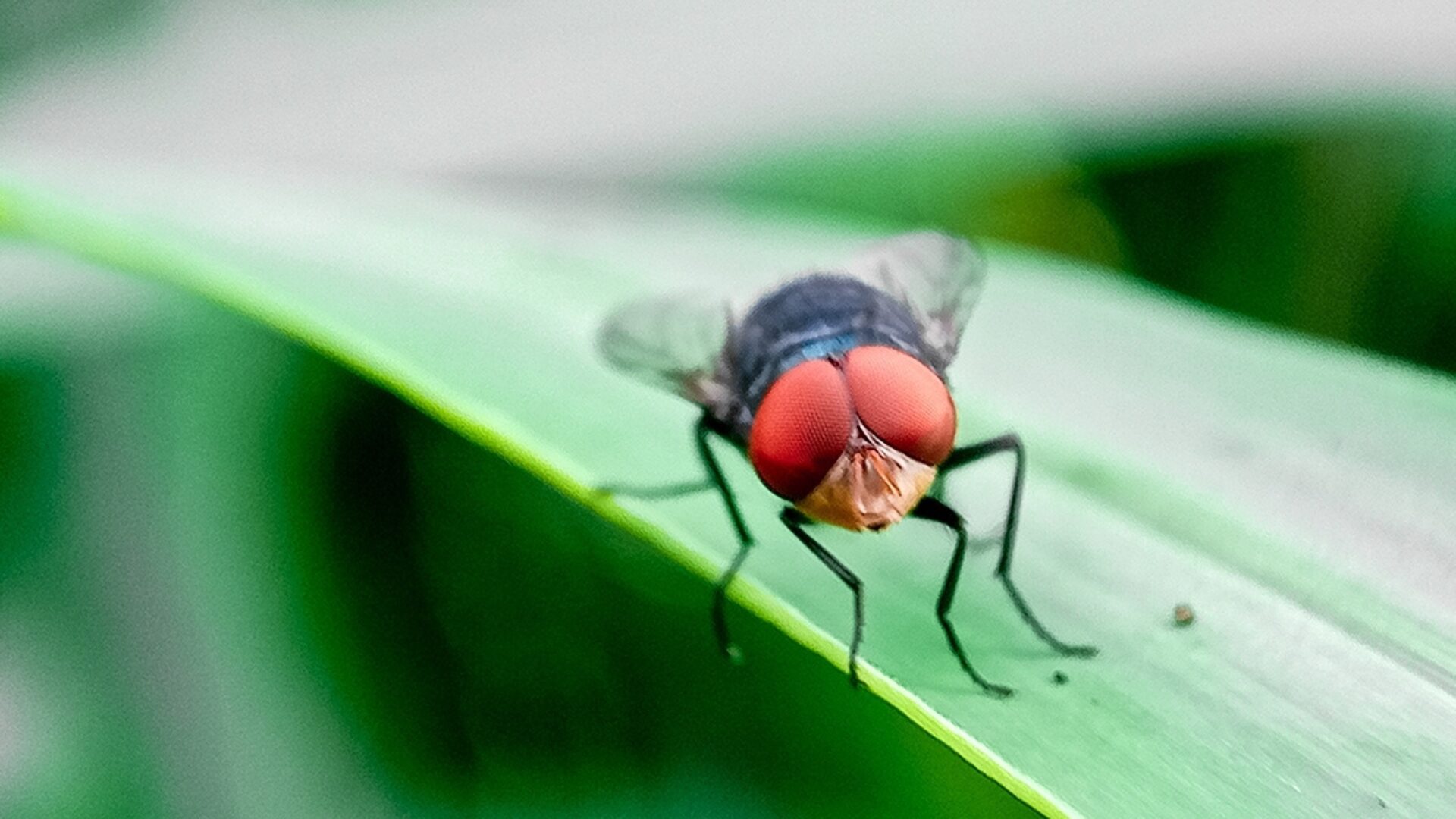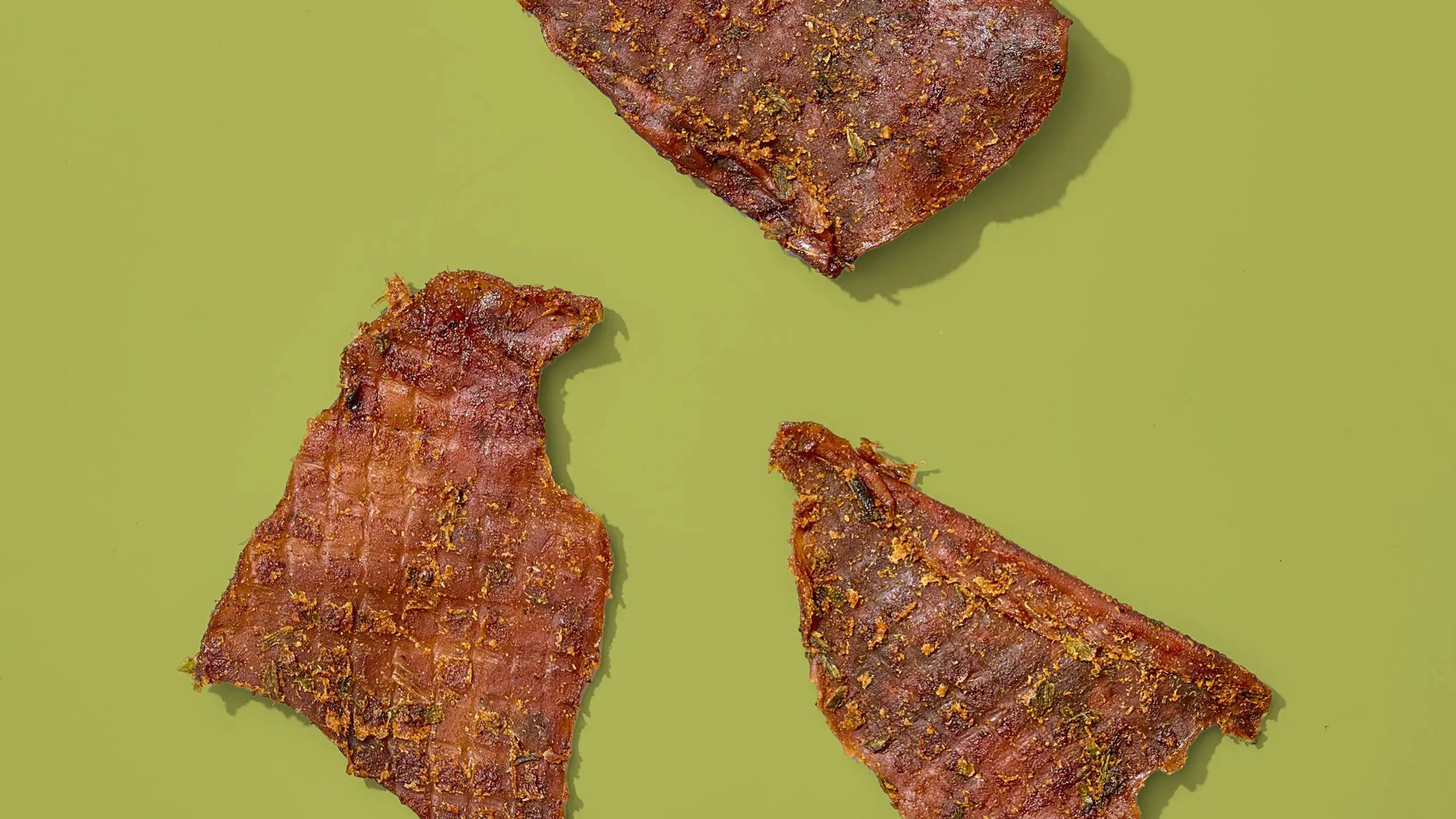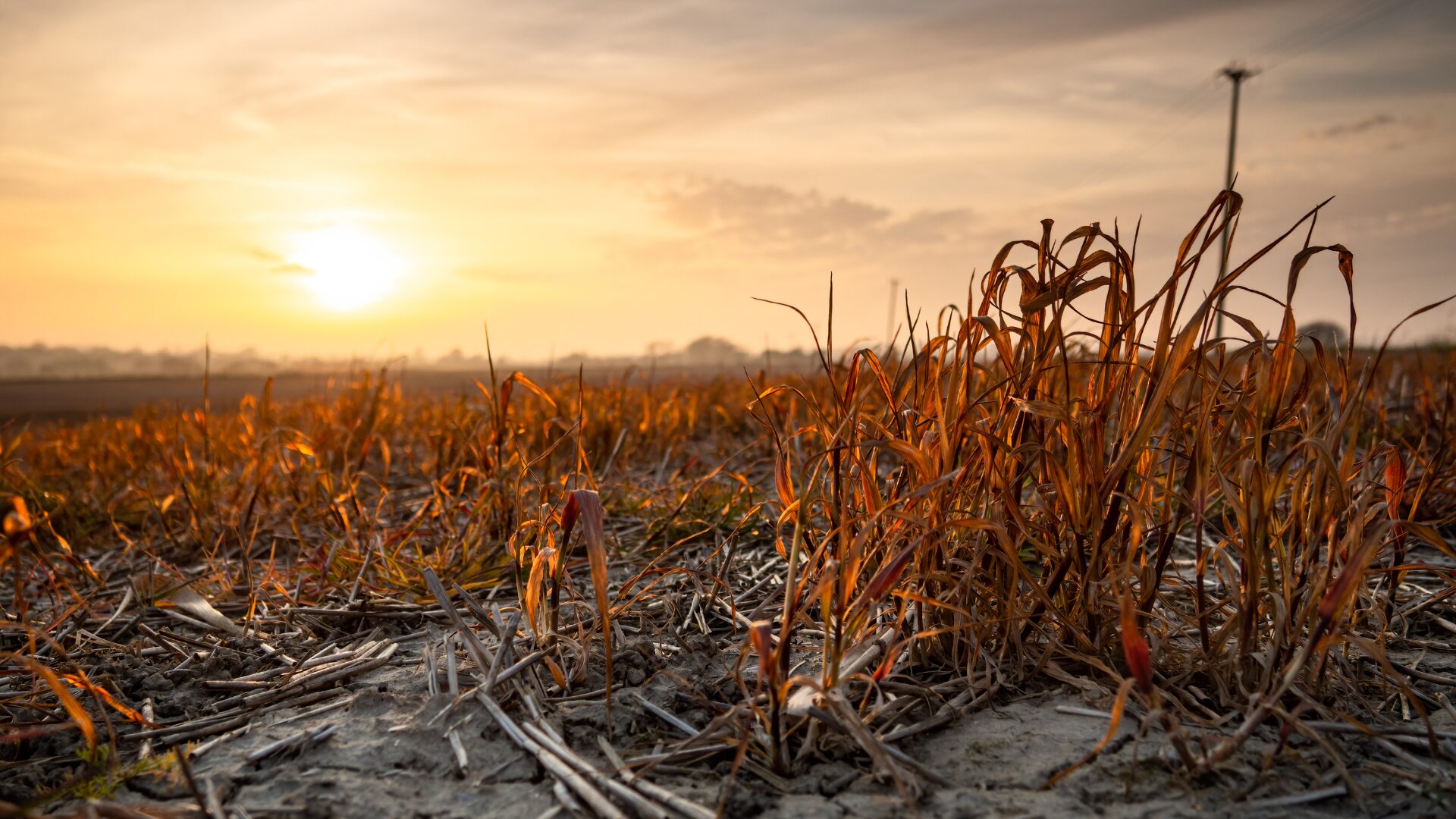USDA is moving forward with the U.S. Domestic Hemp Production Program but rolling back some enforcement actions.
In fact, USDA approved two additional states early in 2020 to be a part of the program. The agency approved Pennsylvania in February and Iowa in March to operate under the program. The states joined Delaware, Louisiana, Nebraska, New Jersey, Ohio, Texas, Washington, and Wyoming as operators in the program.
Background
The 2018 Farm Bill directed the agency to create a national regulatory framework for hemp production in the U.S. USDA established the U.S. Domestic Hemp Production Program through an interim final rule, which outlined provisions for USDA to approve plans submitted by states. It also established a federal plan for producers in states that do not have their own USDA-approved plan.
The interim final rule, published Oct. 31, 2019, will be effective from that date through Nov. 1, 2021. The 2018 Farm Act required similar provisions that all hemp producers must meet, including: licensing requirements; maintaining information on the land on which hemp is produced; procedures for testing the THC concentration levels for hemp; procedures for disposing of non-compliant plantFars; compliance provisions; and procedures for handling violations.
USDA’s Economic Research Service recently studied hemp pilot programs under the 2014 Farm Bill, finding industrial hemp acreage in the U.S. jumped to over 90,000 acres in 2018 from zero in 2013. This total was the highest since the nation planted 146,200 acres in 1943. After the pilot programs, acreage continued to expand with 146,065 acres of hemp reported as planted to USDA’s Farm Service Agency in 2019.
Enforcement Flexibility
On Feb. 27, USDA announced a delay in the enforcement of certain requirements under the interim final rule regarding laboratory testing and disposal methods.
Under the new guidance, USDA will delay its enforcement that labs be registered by the Drug Enforcement Administration (DEA), although laboratories must still meet all the other requirements in the interim final rule. The guidance also delays requiring producers to use a DEA-registered reverse distributor or law enforcement to dispose of non-compliant plants under certain circumstances. Enforcement will be delayed starting this crop year and until Oct. 31, 2021, or the final rule is published, whichever comes first.
“Because currently there isn’t sufficient capacity in the U.S. for the testing and disposal of non-compliant hemp plants, USDA has worked hard to enable flexibility in the requirements in the interim final rule for those issues,” said USDA Under Secretary for Marketing and Regulatory Programs Greg Ibach.
Based on feedback from states, and in consultation with DEA, USDA identified additional options for the disposal of “hot” hemp plants. Some of these new options include, but are not limited to, plowing under non-compliant plants or composting into “green manure” for use on the same land. The new methods are intended to allow producers to apply common on-farm practices for the destruction of non-compliant plants.
Hemp that tests greater than 0.3% THC on a dry weight basis must be disposed of onsite according to the disposal methods approved by USDA.
The state or the state’s department of agriculture will be responsible for establishing protocols and procedures to ensure non-compliant hemp is appropriately destroyed or remediated in compliance with applicable state and federal law.
“One of the top considerations in making these changes was the desire to provide additional options that minimize, to the extent possible, the resource impact to state and local law enforcement in handling hemp that is out of compliance,” said Under Secretary Ibach.









